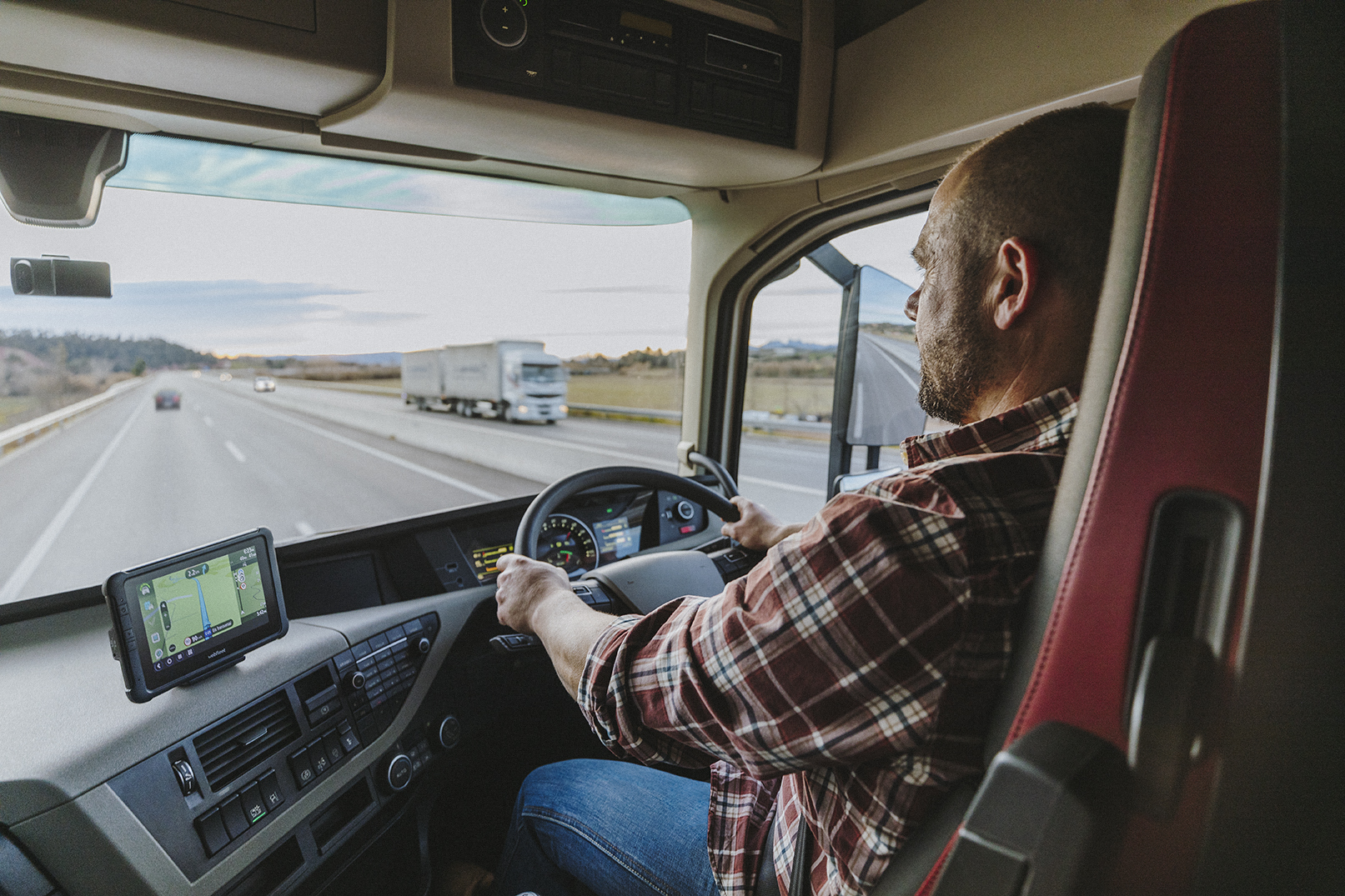5 Reasons to Integrate a Connected Camera System into Your Aggregate or Concrete Vehicles
Operating within high-risk environments such as construction sites, quarries, and residential areas, aggregate and concrete vehicles navigate challenging landscapes while handling heavy materials and intricate hydraulic systems. The inherent risks in these operations make it crucial for businesses to consider the implementation of a connected camera system. Not only can such systems help control costs incurred during incidents, but they also play a pivotal role in preventing them. Here are the top five reasons why your company should seriously consider investing in a connected camera system for your fleet:
- Dispute False Insurance or Damage Claims:
Large company-branded vehicles often become easy targets for blame in the event of damage to a third party's vehicle or property. The visibility of these vehicles makes them susceptible to false claims, whether due to genuine accidents or deliberate fraudulent attempts. Connected cameras empower operators to analyse data and provide clear evidence to address critical questions:
- Was the vehicle present at the location?
- What transpired during the incident?
- What triggered the incident?
Video evidence can swiftly be presented to insurance companies, mitigating potential false claims that could lead to financial losses or increased premiums.
- Reduce Injury Risk:
Handling heavy materials inherently carries risks of serious injury. Connected cameras become indispensable tools in investigating incidents, shedding light on the sequence of events and, more importantly, aiding in preventive measures. Video evidence is particularly valuable when statements from involved parties might be inaccurate or biased. With visual proof, there is transparency, making it possible to take appropriate actions to enhance safety protocols.
- Challenge Delivery Disputes, Delays, or Blocked Access:
Customer expectations regarding material delivery locations can vary widely. Contracts may specify precise delivery requirements, and delays or blocked access can lead to disputes and financial repercussions. Connected cameras offer remote access to footage, allowing quick investigation of complaints. Video evidence can be swiftly provided to customers, resolving disputes related to delivery locations, delays, or access issues, ultimately saving both time and potential damage to your company's reputation.
- Prevent Vehicle Roll or Load Spills:
Vehicle rollovers and load spills are unfortunate yet common events that can significantly impact a company's reputation and incur substantial costs. Identifying the causes of these incidents promptly is vital for making necessary adjustments to company policies or employee training programs. Connected cameras provide a crucial means of quickly identifying contributing factors, such as driving behaviour, load stability, or road conditions, enabling timely interventions to minimise future risks.
- Provide Impactful Driver Training:
Even experienced drivers may make mistakes or take unnecessary risks. Connected cameras automatically capture incidents of potential poor driving, such as harsh braking or steering, which might otherwise go unreported. Footage can be reviewed and analysed to ascertain driver accountability or recognize instances where they successfully avoided incidents. Identified high-risk drivers can then undergo targeted training, using footage to illustrate specific areas for improvement. This proactive approach reduces the overall driver risk profile and prevents future incidents.
In conclusion, the integration of a connected camera system into your aggregate or concrete vehicles is not just an investment in safety but also a strategic move to protect your company's reputation, reduce operational costs, and foster a culture of continuous improvement.
Find out how AES Fleet can help you run a cost effective, complaint fleet today.


